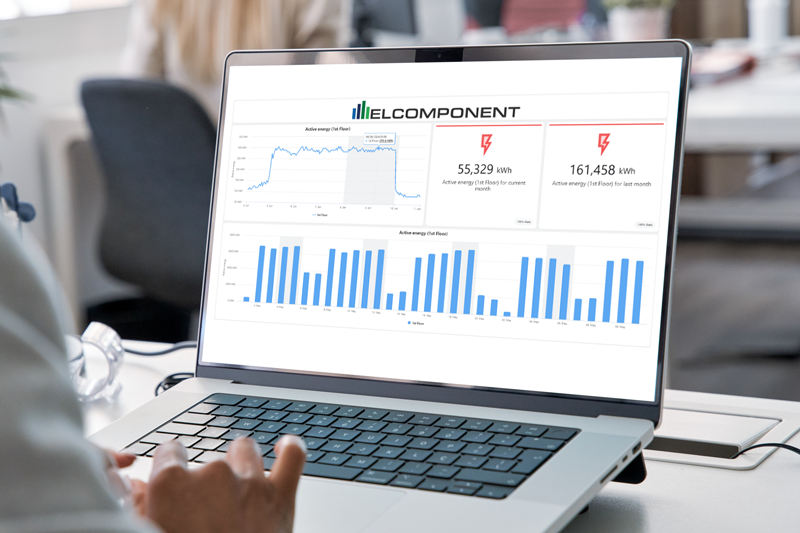Tools and Materials Needed
- Three-phase kWh sub-meter (compatible with your voltage and current requirements).
- Current Transformers (CTs) rated for your system.
- Electrical panel and necessary breakers.
- Screwdrivers and pliers.
- Wire stripper and cutter.
- Voltage-rated wiring.
- Insulation tape and cable ties.
- Personal Protective Equipment (PPE) (gloves, goggles, etc.).
- Multimeter for verification.
- Installation manual for your specific sub-meter model.
Steps for Installation
Preparation
- Turn off the main power supply to the panel where the sub-meter will be installed.
- Ensure you are familiar with the electrical schematic and wiring diagrams for your sub-meter and CTs.
- Confirm that your sub-meter and CTs are rated for the correct voltage and current for your system.
Mount the kWh Sub-Meter
- Locate a suitable spot on or near the electrical panel.
- Secure the sub-meter with screws or DIN rail mounts, as required.
Install the Current Transformers (CTs)
- Identify the three-phase conductors (L1, L2, L3) in your panel.
- Place each CT around the corresponding conductor. Ensure the orientation follows the marked arrow (often labelled "Load" or "P1") to point toward the load.
- Tighten the CT around the conductor securely.
Wire the CTs to the Sub-Meter
- Connect the secondary wires from each CT to the corresponding input terminals on the sub-meter (e.g., CT1 to L1, CT2 to L2, CT3 to L3).
- Use the colour codes or labels provided in the installation manual for correct polarity (S1 and S2 terminals).
Connect the Voltage Inputs
- Connect the phase wires (L1, L2, L3) and neutral wire to the voltage input terminals on the sub-meter.
- Use appropriate fuses or breakers for protection as recommended in the sub-meter manual.
Verify Connections - Double-check all connections:
- Correct CT to phase matching (CT1 to L1, CT2 to L2, CT3 to L3).
- Voltage connections are properly aligned to the respective input terminals.
Power Up and Test
- Turn the power back on.
- Use a multimeter to verify that the voltage inputs to the sub-meter are correct.
- Check that the sub-meter powers on and displays correctly.
- If your sub-meter requires programming for CT ratios or system configuration, follow the manual to input these settings.
Secure Wiring - Bundle and secure loose wires with cable ties.
- Ensure all connections are insulated and safe from accidental contact.
Verify Functionality - Confirm that the sub-meter is correctly measuring the voltage, current, and energy usage for all three phases.
- Compare readings with a known load or reference meter to ensure accuracy.
Tips for Safe Installation - If you are not experienced with electrical systems, hire a licensed electrician to perform the installation.
- Adhere to local electrical codes and regulations.

